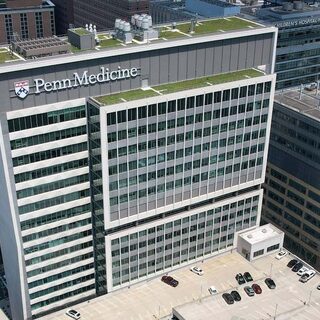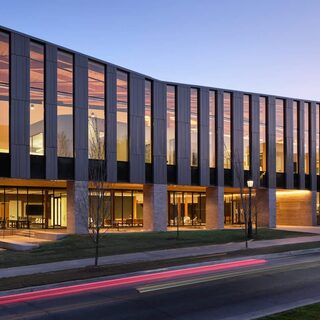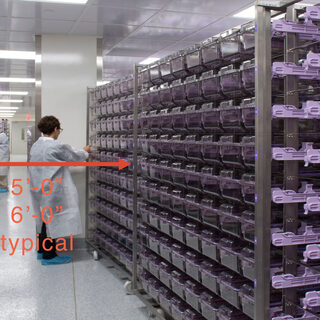Unlocking Animal Labs’ Digital Potential
Faced with growing demand to do more with less, animal laboratory managers are looking for opportunities to drive greater efficiencies. One way forward is the use of digitalization to improve energy efficiency as well as asset and space utilization. But tight budgets, the need to improve data collection and analysis, and insufficient numbers of staff trained to operate the new systems are all holding back adoption, according to experts at Siemens Smart Infrastructure.















